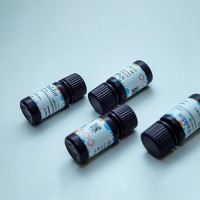Human embryonic stem cell (hESc) lines are likely the in vitro equivalent of the pluripotent epiblast. hESc express high levels of the extracellular matrix (ECM) laminin integrin receptor α6β1 and consequently can adhere robustly and be propagated in an undifferentiated state on tissue culture plastic coated with the laminin rich basement membrane preparation, Matrigel, even in the absence of supporting fibroblasts. Such cultures represent a critical step in the development of more defined feeder free cultures of hESc; a goal deemed necessary for regenerative medical applications and have been used as the starting point in some differentiation protocols. However, on standard non-deformable tissue culture plastic hESc either fail or inadequately develop the structural/morphological organization of the epiblast in vivo. By contrast, growth of hESc on appropriately defined mechanically deformable polyacrylamide substrates permits recapitulation of many of these in vivo features. These likely herald differences in the precise nature of the integration of signal transduction pathways from soluble morphogens and represent an unexplored variable in hESc (fate) state space. In this chapter we describe how to establish viable hESc colonies on these functionalized polyacrylamide gels. We suggest this strategy as a prospective in vitro model of the genetics, biochemistry, and cell biology of pre- and early-gastrulation stage human embryos and the permissive and instructive roles that cellular and substrate mechanics might play in early embryonic cell fate decisions. Such knowledge should inform regenerative medical applications aimed at enabling or improving the differentiation of specific cell types from embryonic or induced embryonic stem cells.






